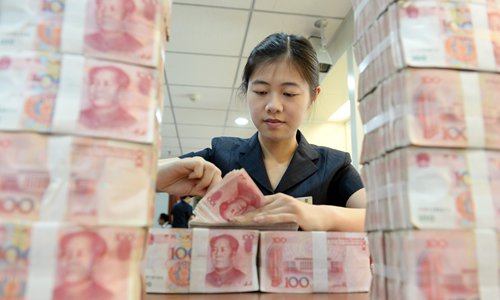China will soon enter a new era of “private pensions” with the imminent implementation of a new mechanism, according to a document published by the State Council, China’s cabinet on Thursday.
The new mechanism, which is characterized by policy support from the government, voluntary participation and market-oriented operations, will be an important transformation of the current pension system that has a basic pension insurance and a corporate pension.
According to the document, those who contribute to the basic pension insurance for workers in cities and towns, as well as in the life insurance system for urban and rural residents can participate in the private pension system.
They can open their own private pension account and deposit money as they wish. The accounts can be opened at qualified commercial banks or through other designated financial institutions. The accounts have closed-end management and participants cannot draw the money in advance unless under exemptions specified in the regulations.
The document also disclosed that the cap of private contributions should be 12,000 yuan ($1,869) per year. The government will adjust the cap based on economic development standards and how China’s pension system develops in the future.
In order to encourage participation in the private pension system, authorities would formulate relevant preferential tax policies. For example, capital in private pension accounts will be allowed to be invested in certain financial projects that have a safe operation and tilt toward long-term value preservation, like banking wealth management products, deposits and public funds, among other.
Money allocated to private pension fund accounts can also be inherited should the account holder pass away before drawing down the balance of the account.
The system will be first tested in certain cities for one year before being implemented nationwide.
China’s problem of an aging population has become increasingly acute in recent years. According to an expert from the Chinese Academy of Social Sciences, China’s elderly population (above 65 years old) will account for more than 20 percent of the entire population by 2035, and 43 percent by 2050.




